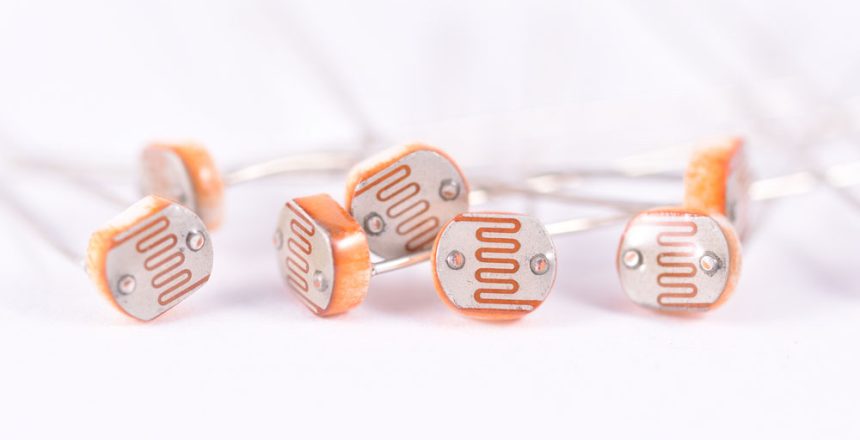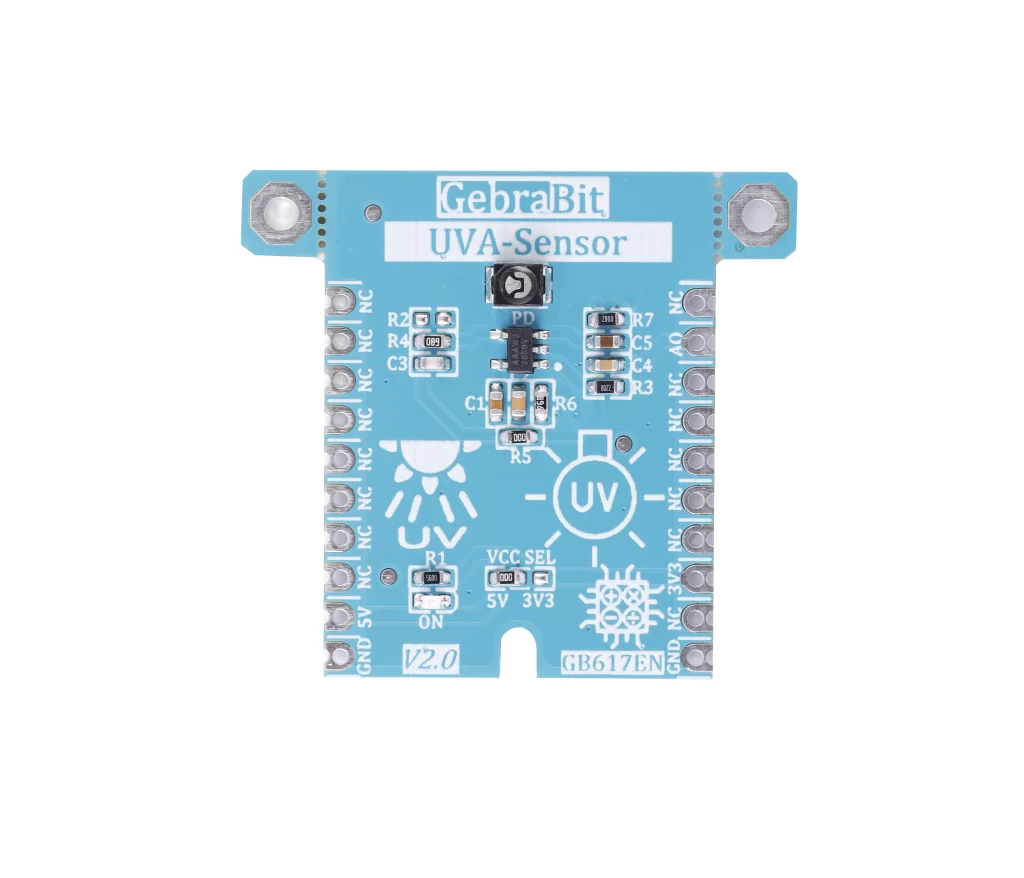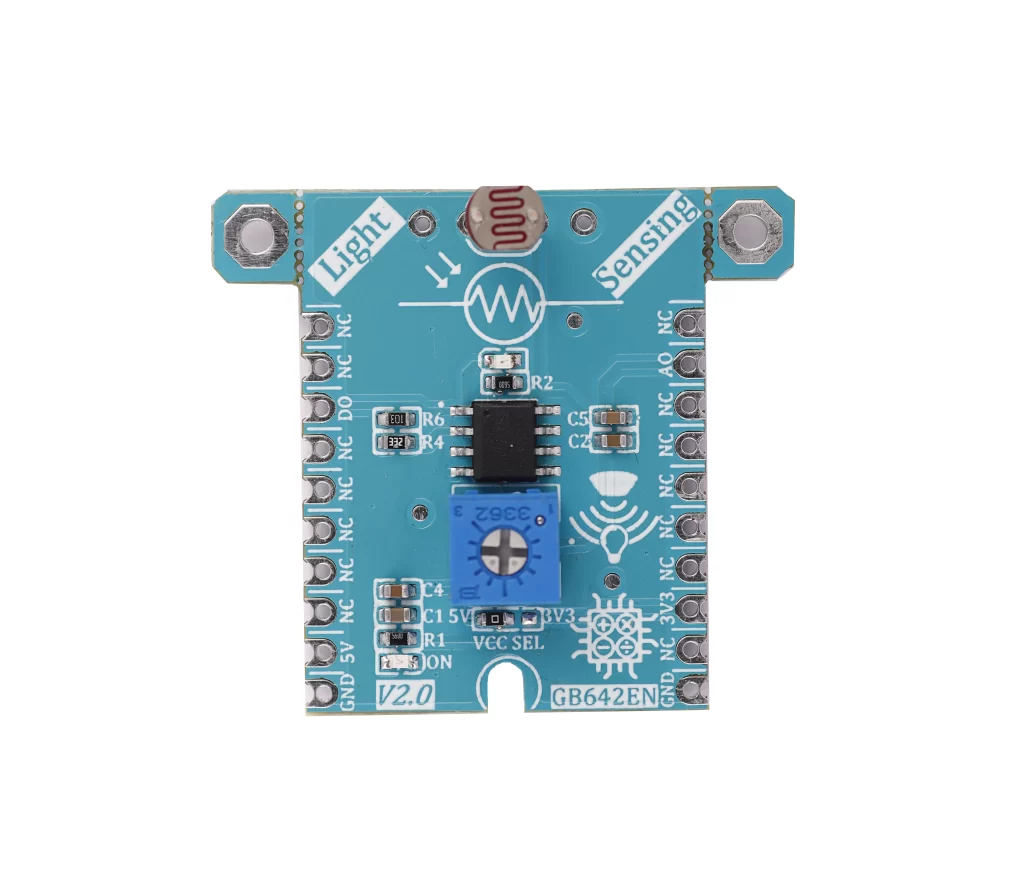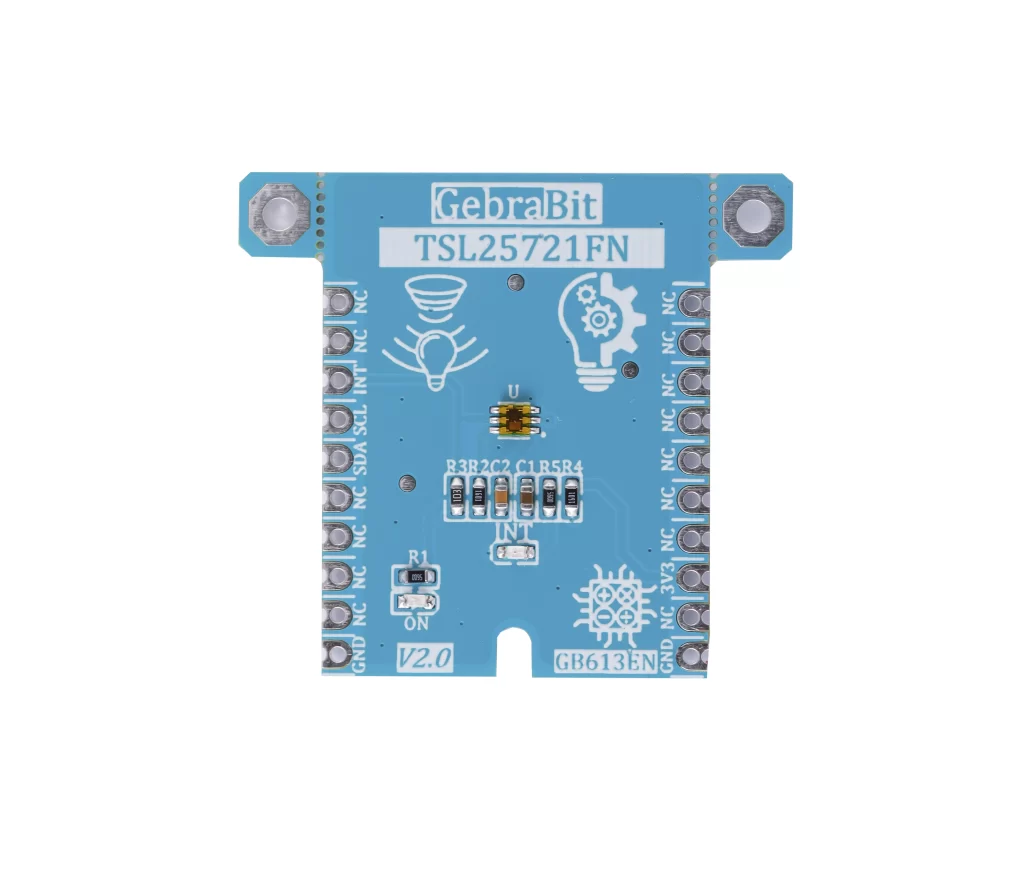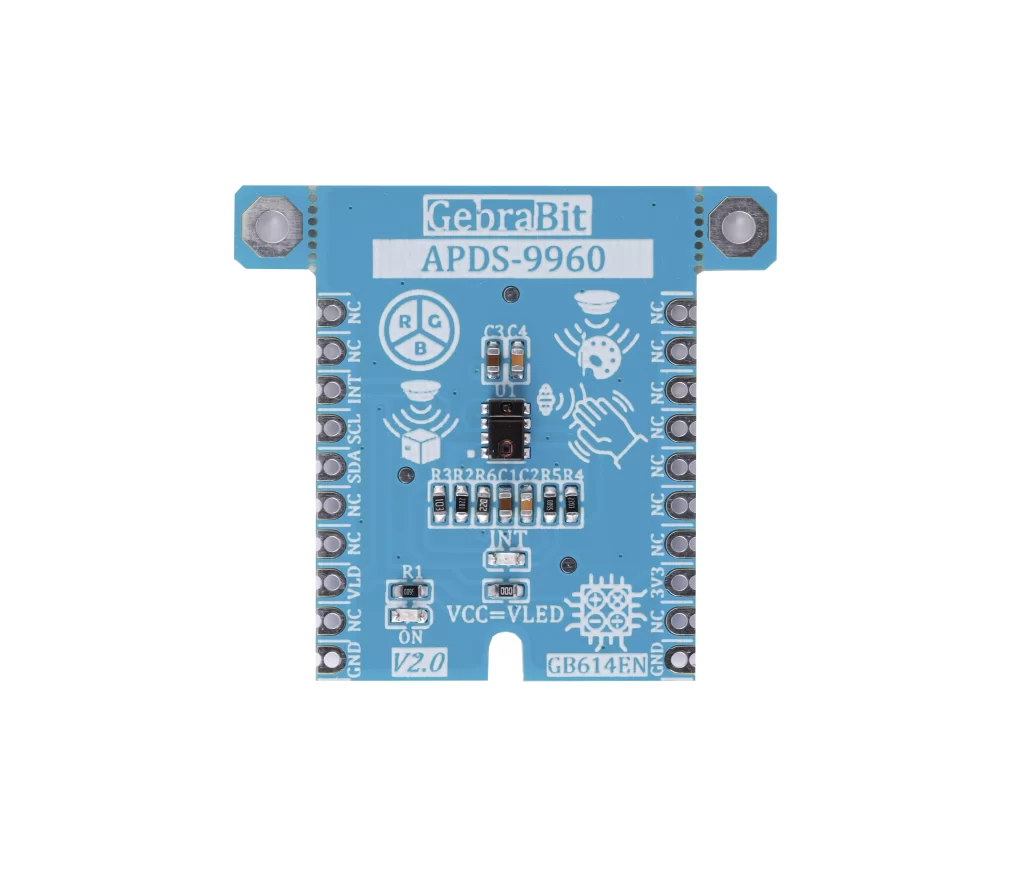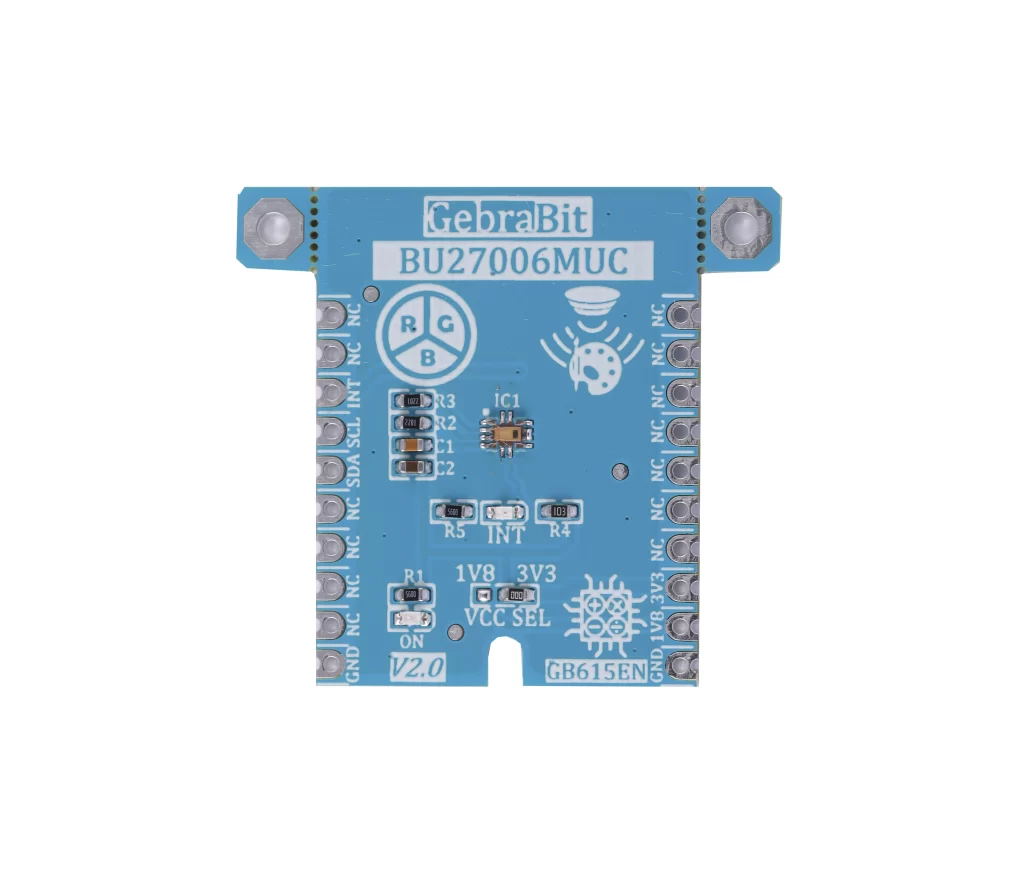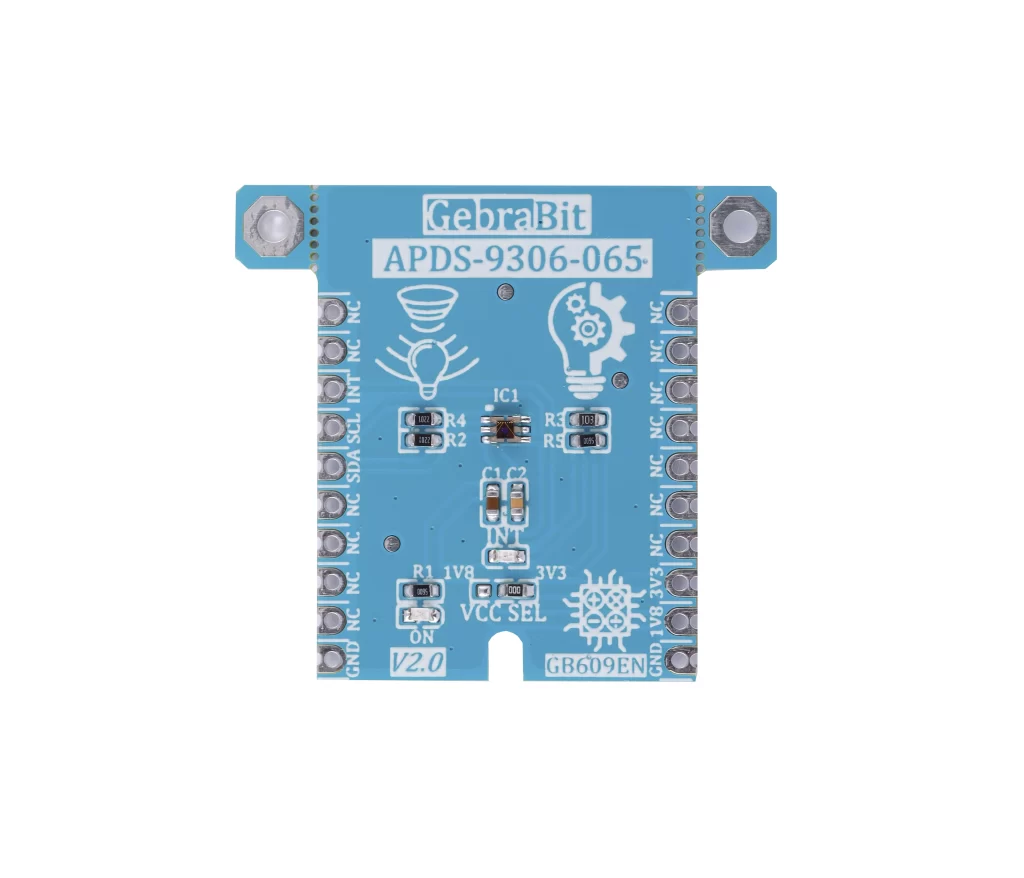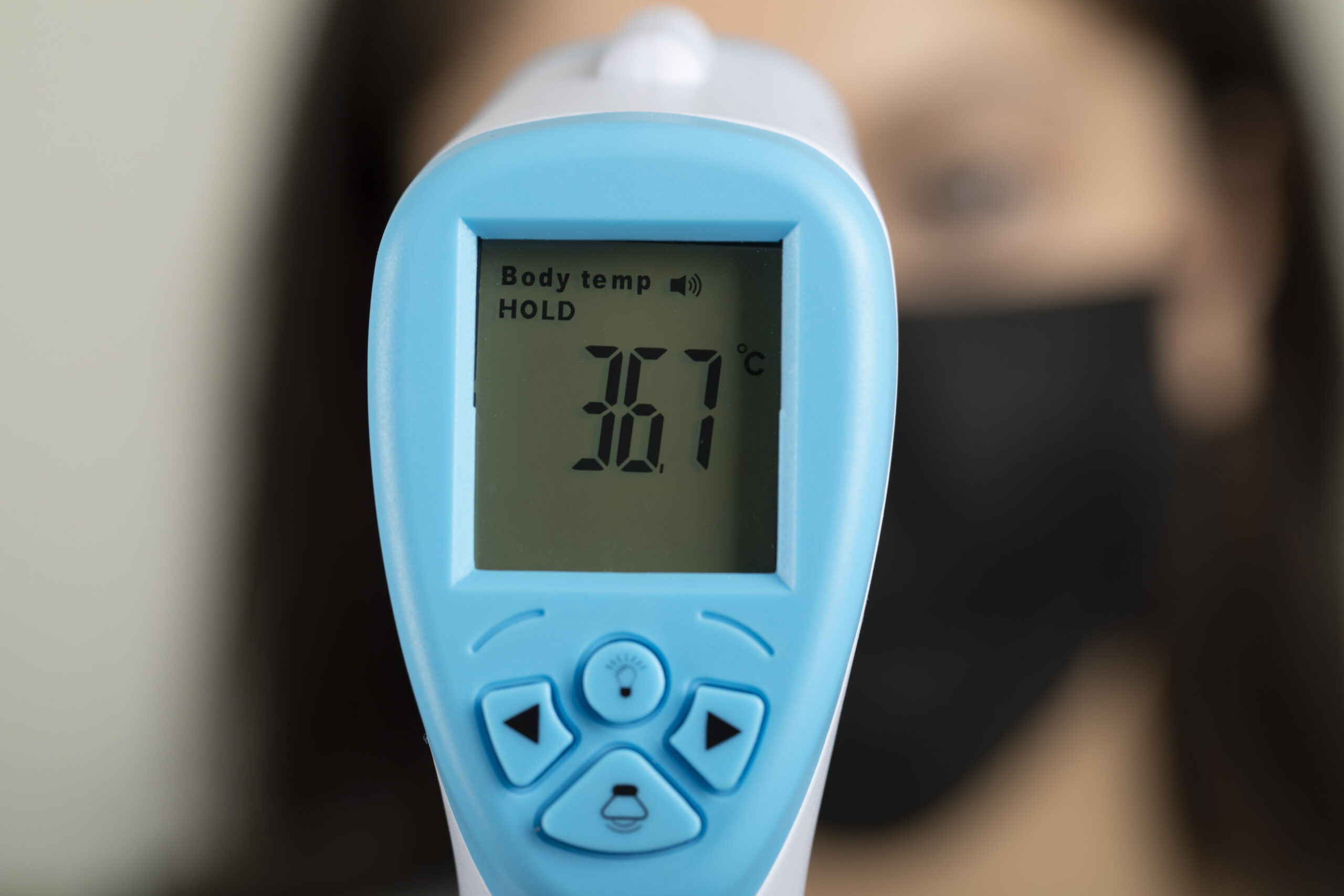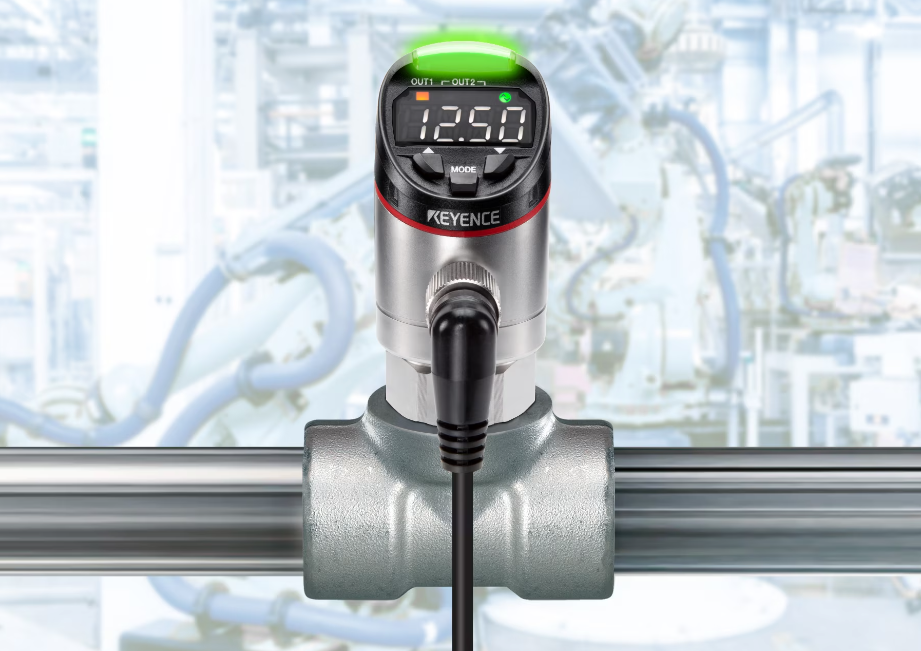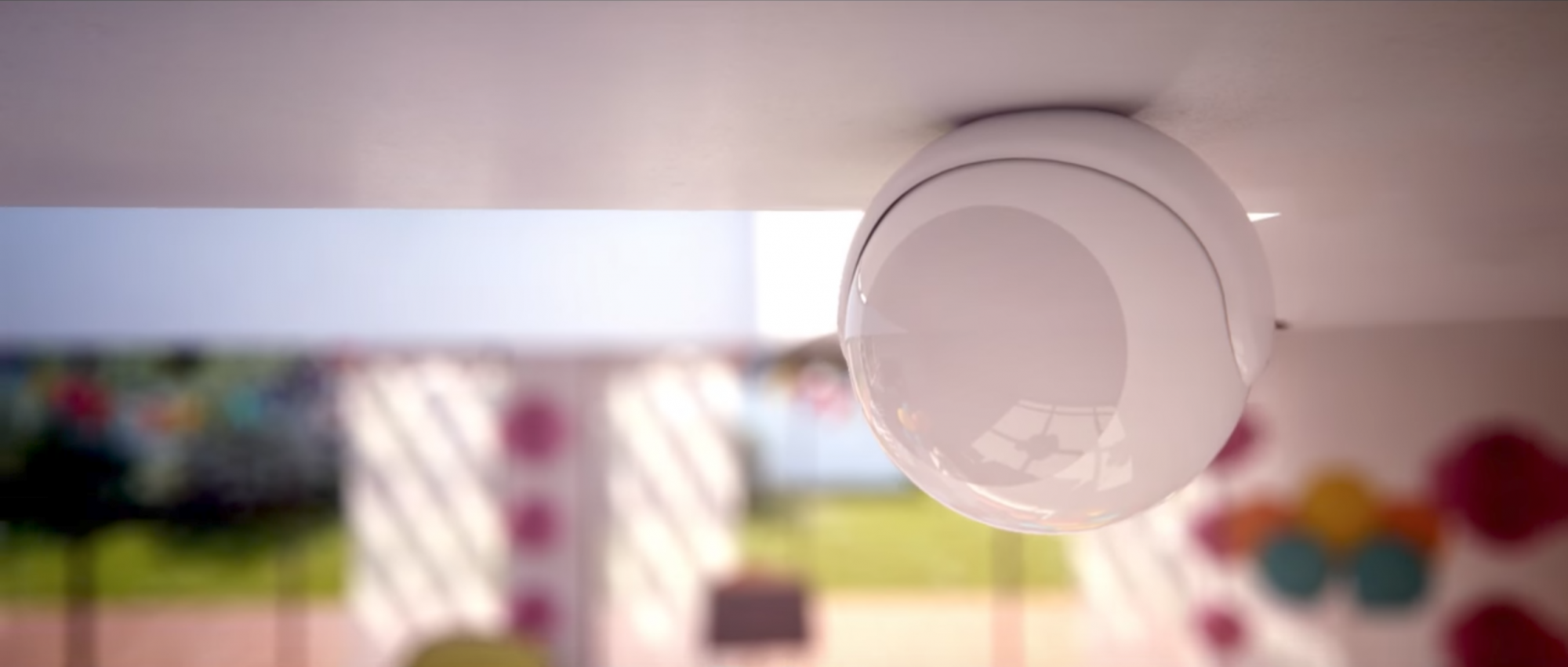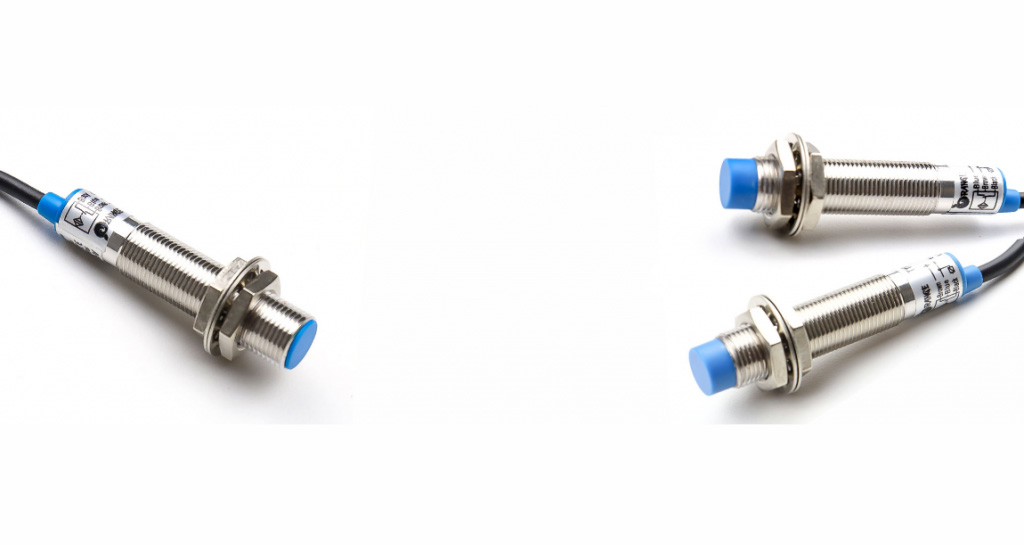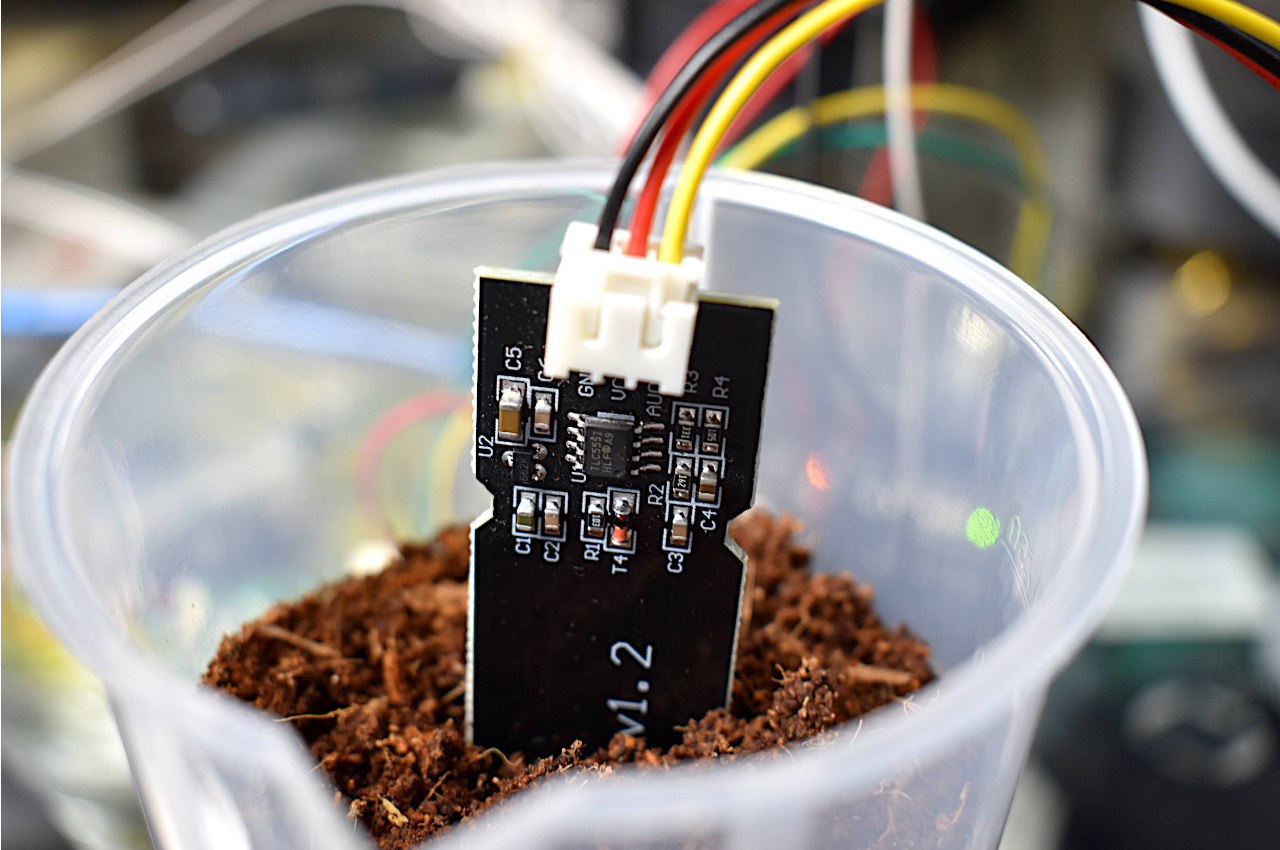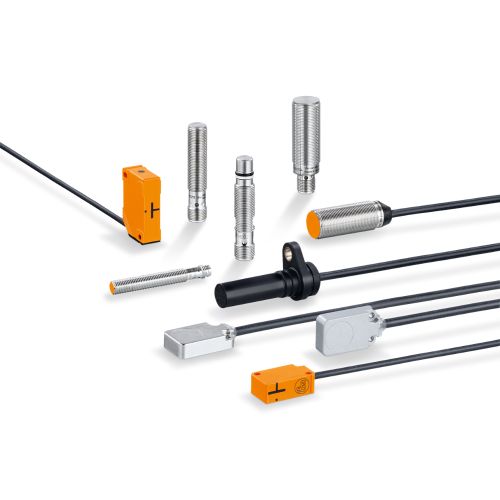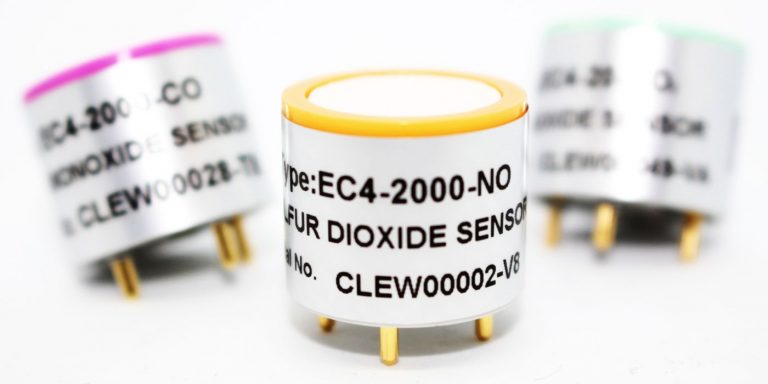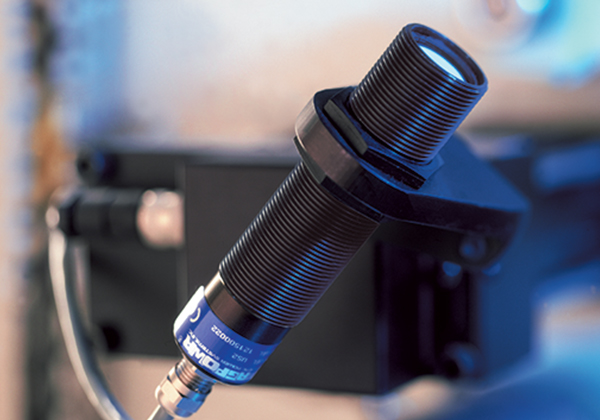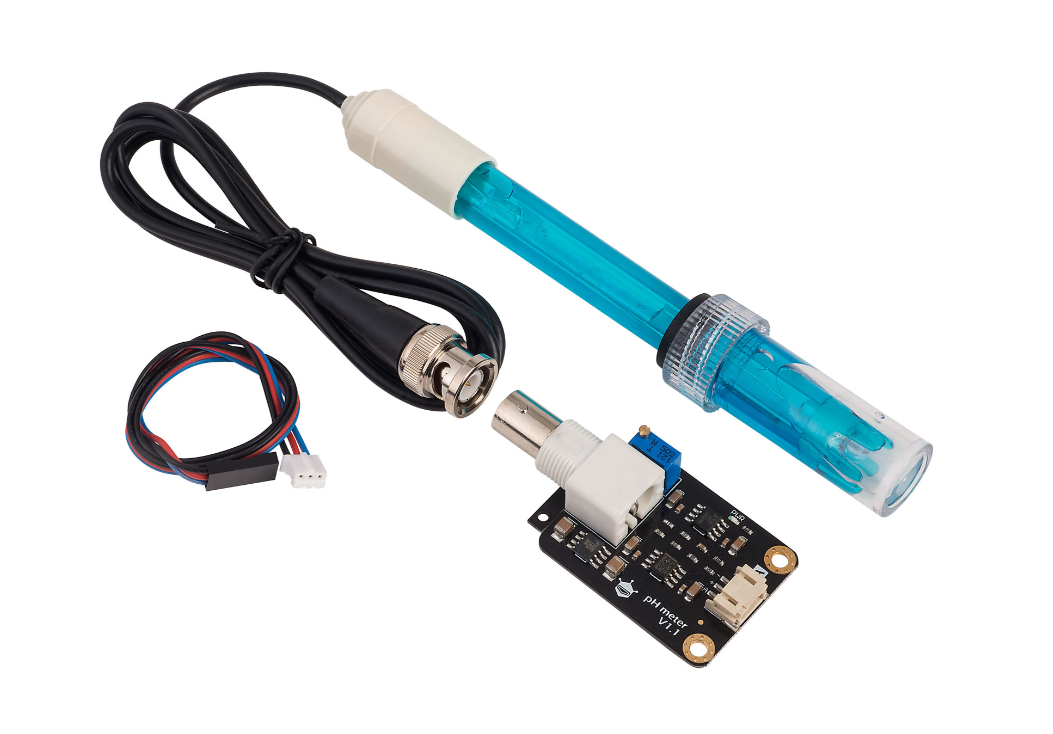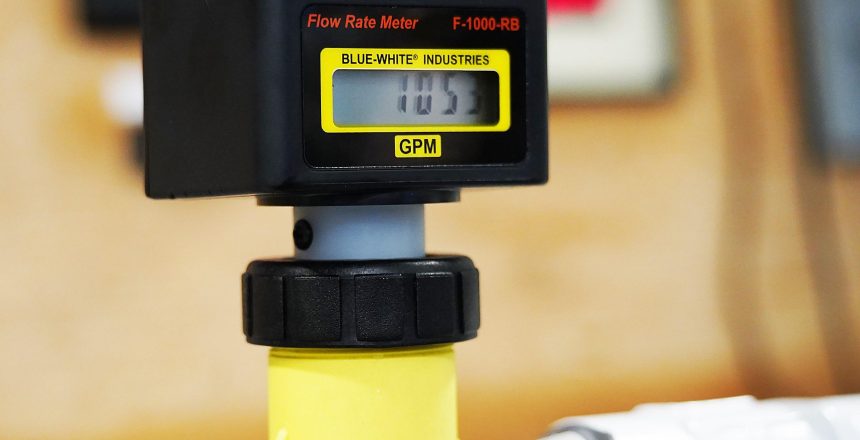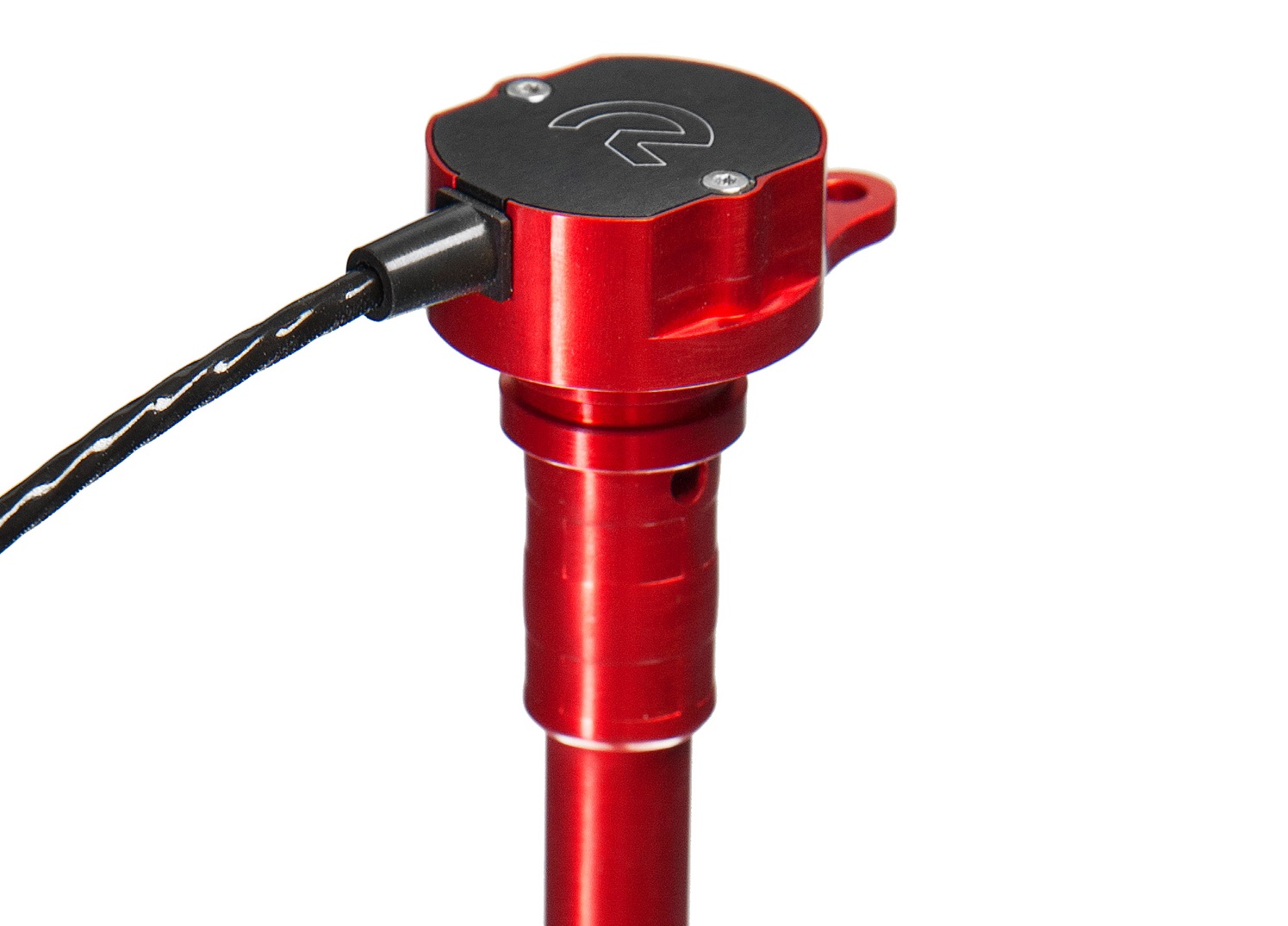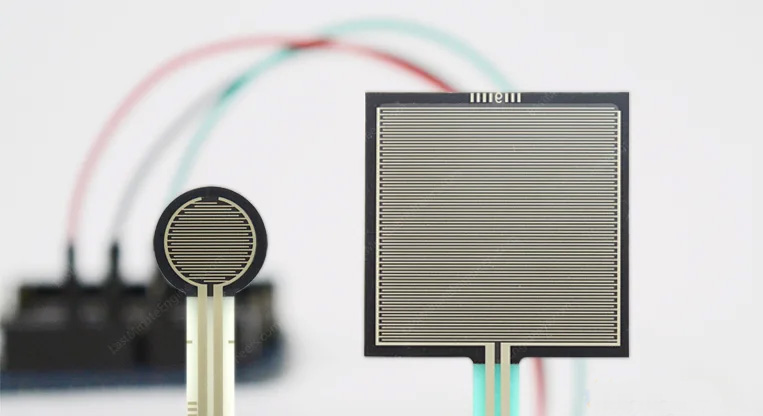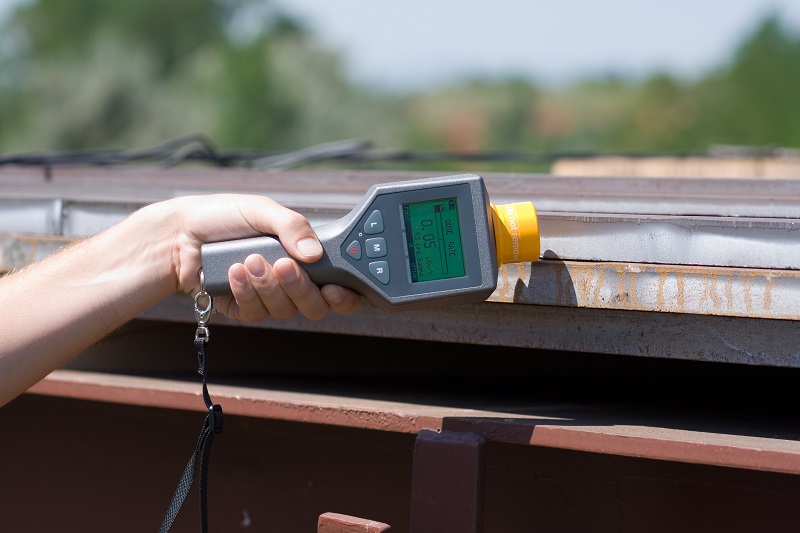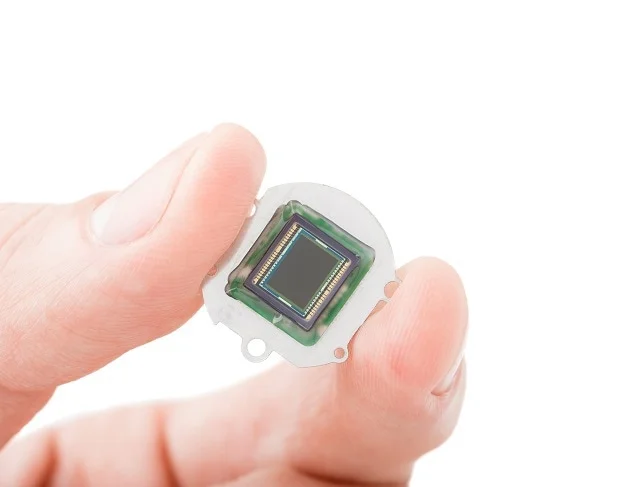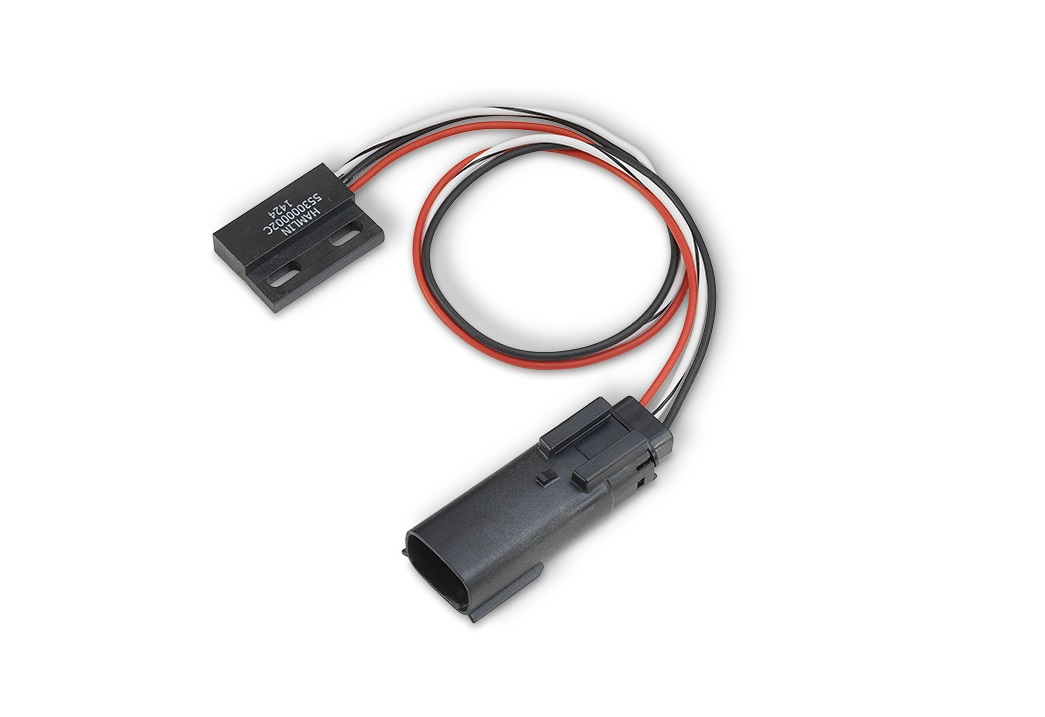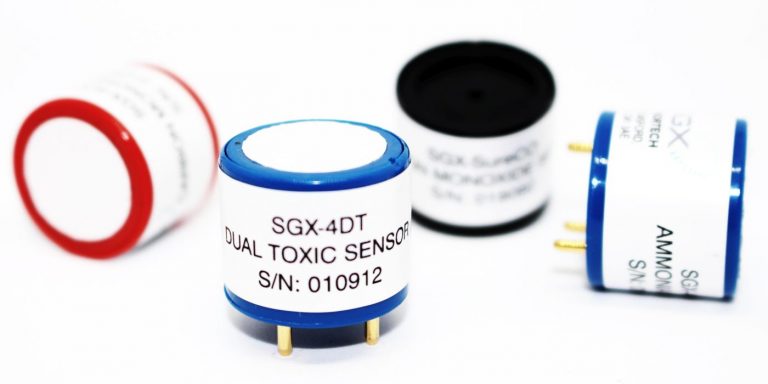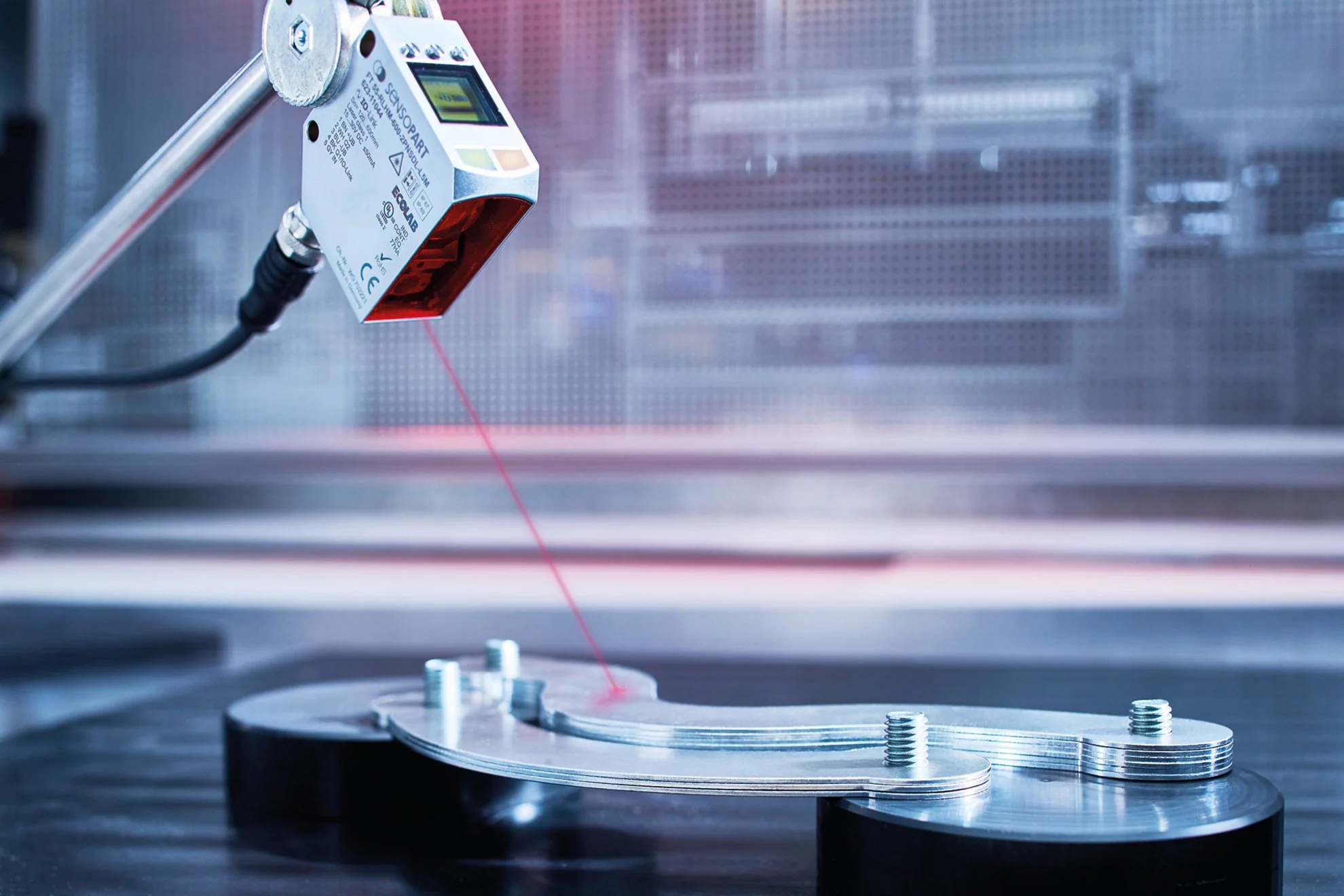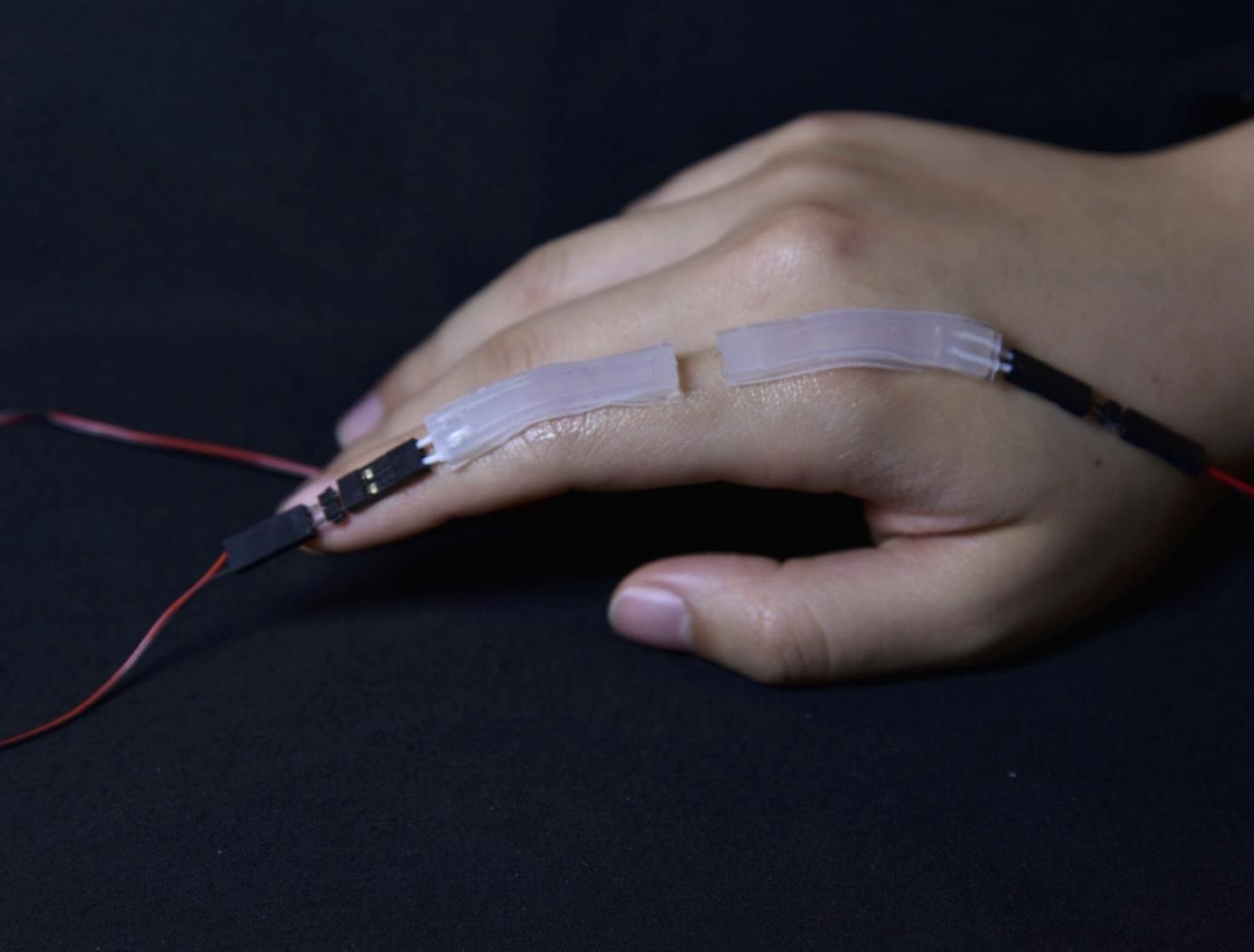
A light sensor detects and measures the intensity or presence of light. Types include photodiodes, phototransistors, and ambient light sensors. Photodiodes convert light into a current, phototransistors amplify the current, and ambient light sensors detect the overall light level.
Light sensors are devices that detect and measure the intensity of light in their surroundings. They can be found in various electronic devices such as cameras, smartphones, and even automatic lighting systems.
Light sensors types and their working principle
Light sensors come in different types, including photodiodes, phototransistors, and photoresistors, each with its own unique properties and applications. These sensors are commonly used in situations where accurate light detection is required, such as in outdoor lighting systems, ambient light sensing for displays, and in industrial automation processes.
These sensors generally work by converting the light they receive into an electrical signal. This signal is then processed or analyzed by the device to determine the appropriate response. For example, a camera may use a light sensor to adjust the exposure settings based on the available light, resulting in well-balanced and properly lit photographs.
The exact working principle depends on the specific type of light sensor being used. Here, we are going to explain the working principles of a few common light sensors:
Ambient Light Sensors
Ambient light sensors, also known as ALS or light sensors, are electronic components that detect the amount of light in the environment. They measure the intensity of light and provide this information to the device they are integrated into.
There are different types of ambient light sensors, but one common type is the photodiode. A photodiode is a semiconductor device that generates an electrical current when exposed to light. In the case of ambient light sensors, the photodiode is typically covered with a filter that allows only certain wavelengths of light to pass through. When light falls on the ambient light sensor, the photodiode produces a current proportional to the intensity of the light. This current is then converted into a digital signal by an analog-to-digital converter (ADC) within the device.
Based on the readings from the ambient light sensor, the device can make adjustments to its settings. For example, in smartphones, the brightness of the screen is often automatically adjusted based on the ambient light level detected by the sensor. If the environment is

bright, the screen brightness may be increased, and if the environment is dark, the screen brightness may be lowered. This helps to optimize power consumption and provides a comfortable viewing experience for the user.
Photodiodes
A photodiode is a semiconductor device that generates an electric current when exposed to light. They are responsive to different wavelengths.
When photons strike the depletion region of the photodiode, they create electron-hole pairs, due to the absorption of energy from the incoming light. The generated electrons and holes contribute to a photocurrent, which can be measured as a response to the incident light. These sensors can be used in applications such as light meters, optical communication systems, and barcode scanners.


Phototransistors
A phototransistor is a light-controlled switch that switches. Phototransistors operate similarly to photodiodes, but they offer higher sensitivities. They have the additional capability of amplifying the current. When light hits the base region of the phototransistor, it allows more current to flow between the collector and emitter terminals, making it more sensitive to light compared to a photodiode.
A phototransistor has two terminals, an emitter and collector. The symbol of the phototransistor is very similar to any normal transistor except for the base terminal. Instead of the base terminal, there are two pointing arrows representing incident light as shown in the figure below.

Phototransistors are available in both two leads and three leads designs. Two terminals Phototransistor include collector and emitter. While the three-terminal design includes an optional base terminal that allows it use like any normal transistor in no light conditions. It allows it to bias it at a required operating point.
They are often used in applications like automatic streetlights, proximity sensors, and burglar alarm systems.
Photoresistors (LDRs)
Photoresistors, also known as Light Dependent Resistors (LDRs), are a type of light sensor. The basic structure of a photoresistor consists of a thin semiconductor layer with two electrodes attached to it. The working principle of photoresistors is based on the phenomenon called the photoelectric effect.
The relationship between the resistance of a photoresistor and the incident light intensity is nonlinear and depends on factors such as the material composition and the spectral sensitivity of the device. The resistance of a photoresistor decreases as the intensity of light increases and increases as the light intensity decreases. This property makes them suitable for light-level detection or measurement applications.

When light falls on a photoresistor, photons with sufficient energy excite the electrons present in the valence band of the material, causing them to move to the conduction band. This creates electron-hole pairs, where the electrons become free to conduct electricity.
The presence of these free carriers reduces the resistance of the photoresistor. The more intense the light, the greater the number of electron-hole pairs generated, resulting in lower resistance. Conversely, in low light conditions, the resistance increases.

Photoresistors are commonly used in various applications, including automatic lighting systems, outdoor light control, energy-saving devices, photography exposure meters, and many more. They provide a simple and cost-effective solution for detecting and responding to changes in ambient light levels.
It’s important to note that photoresistors have some limitations, such as slow response times and a lack of precise calibration. Additionally, they can be affected by factors like temperature changes and aging. However, for many practical applications, photoresistors remain a popular choice due to their simplicity and versatility.
RGB Color Sensors
RGB color sensors, also known as tri-color sensors, are electronic devices that detect and measure the intensity of red, green, and blue light in an environment. These sensors work by using a combination of photo detectors and filters to detect the different wavelengths of light.
RGB color sensors typically consist of three individual photodiodes, each covered with a different filter that allows only a specific wavelength of light to pass through. The photodiode covered with a red filter detects red light, the one covered with a green filter detects green light, and the one covered with a blue filter detects blue light.
When light falls on the RGB color sensor, the intensity of each color is measured by its corresponding photodiode. The sensor then converts these measurements into digital values, usually represented as red, green, and blue (RGB) color intensities.
These RGB color intensity values can be used for various applications. For example, in color detection systems, RGB color sensors can identify and distinguish different colors by comparing the intensity values with predefined color ranges. They are also used in displays and lighting systems to adjust the color balance or create dynamic lighting effects based on ambient light conditions.
UV Sensors
UV sensors, also known as ultraviolet sensors, are electronic devices designed to detect the presence and intensity of UV light. They typically consist of a photodiode or photodiode array that converts UV light into an electrical current or voltage signal.
UV light is divided into three main categories based on wavelength: UVA (315-400 nm), UVB (280-315 nm), and UVC (100-280 nm). UV sensors may be designed to specifically detect one or more of these ranges.

UV sensors find applications in various fields. Some common uses include monitoring UV radiation for sun exposure and skin protection, water and air quality analysis, sterilization processes, and fluorescence analysis.
They have different levels of sensitivity to different wavelengths of UV light. Some sensors may be more sensitive to UVA or UVB, while others may detect a broader range of UV light.
For accurate measurements, UV sensors may need periodic calibration to ensure their readings remain accurate and consistent. Manufacturers often provide guidelines on how to calibrate their sensors.
Infrared (IR) Sensors
IR sensors work by detecting and measuring the infrared radiation emitted or reflected by objects. They use specialized components, such as photodiodes or thermopiles, to convert infrared radiation into an electrical signal.
They can be classified into two main types based on their operating principle: active and passive. Active IR sensors emit their own infrared radiation and measure the reflected or absorbed signals. Passive IR sensors detect the natural infrared radiation emitted by objects without emitting any radiation themselves.
These sensors have a wide range of applications. Some common uses include object detection and proximity sensing, motion detection for security systems, temperature measurement, flame detection, remote controls, and automatic light switches.
To ensure accurate measurements, IR sensors may require periodic calibration. This helps maintain their performance and reliability over time.
It’s important to consider environmental factors when using IR sensors. Factors like temperature, humidity, and ambient light can affect their performance and accuracy. Shielding or filtering may be used to minimize interference from external sources.
Light sensors calibration and accuracy
Light sensors may require periodic calibration to ensure accurate measurements. Factors such as aging, temperature, and external factors can impact their performance over time.
several factors can impact the accuracy of light sensors. These include variations in ambient temperature, humidity, and the spectral characteristics of the light source being measured. Additionally, aging of the sensor components and regular wear and tear can affect accuracy over time.
To maintain accuracy, regular maintenance and recalibration may be necessary. This helps ensure that the sensor remains within specified measurement tolerances and maintains its performance.
The calibration process typically involves exposing the light sensor to known light sources with precise and known intensities. The sensor’s response is then compared to the expected values, allowing for adjustments to be made if necessary. Calibration can be done manually or through automated procedures.
Environmental factors, such as ambient light conditions, need to be taken into account when calibrating and using light sensors. Shielding techniques, such as using baffles or filters, can minimize the interference caused by unwanted stray light.
It’s important to choose the right type of light sensor and calibrate it correctly for specific applications to achieve reliable and precise results.
GebraBit Light Sensors
Here are the light sensors made by GebraBit team to ease your work. You can read about each of them by clicking on its title

